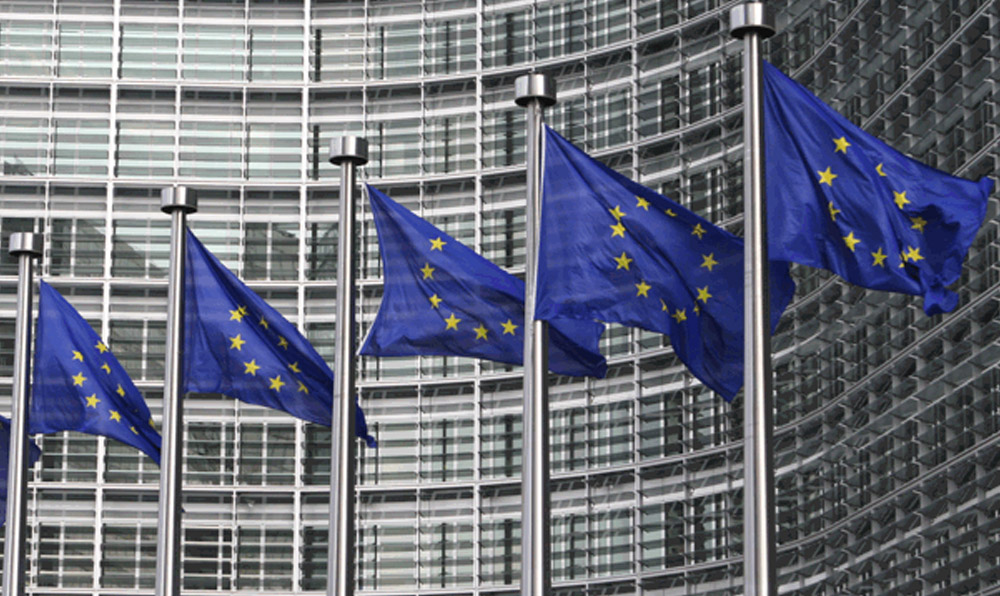The Commerce Department’s Bureau of Industry and Security (BIS) recently upped the ante by introducing Military Intelligence End-Use (MIEU) export control rules to further close an economic grey area being exploited by countries of concern – China, Russia and Venezuela, among others—to access sensitive and emerging technologies.
The expanded initiative also takes specific aim at China’s alleged military-civil fusion strategy of luring unwitting companies into business deals that simultaneously advance Beijing’s economic as well as military goals.
This comes hard on the heels of the BIS unveiling the Military End Use/User (MEU) law at the end of last year, under which businesses require an export license for shipping items covered under Supplement No. 2 to EAR Part 744 to China, Russia, Venezuela, and, more recently, Burma. These items include emerging technologies in high-performance computers, telecommunications equipment, navigation and avionics electronics, marine equipment, space propulsion systems, advanced materials processing tools, and certain chemicals, micro-organisms, and toxins.
Additionally, companies are required to make sure they are not entering into business dealings with designated military end users, mainly from China and Russia, by screening for denied and restricted parties against an MEU list, as detailed in Supplement No. 7 to EAR Part 744.
Like the MEU law, the new MIEU export control rules also cover China, Russia, and Venezuela, along with those listed in BIS’ country groups E1 and E2 (Cuba, Iran, North Korea and Syria).
The BIS, in its FY2020 annual report statement from Commerce Secretary Wilbur Ross, flagged China because of its “military-civil fusion efforts”. The U.S. State Department, meanwhile, described Beijing’s attempt to illicitly gain access to dual use know-how as a means to become the “most technologically advanced military in the world.”
Military Intelligence End User Defined
The BIS’ definition of “military-intelligence end-users” is straightforward, leaving very little room for interpretation. Military-intelligence end-users are defined as people who are part of government intelligence and reconnaissance organizations. Put simply, organizations acting for military services, the national guard, or official intelligence departments, fall under the purview of this rule.
Difference between the MIEU and MEU Export Control rules
The main difference is that MIEU rules prohibit exports without a license of any items subject to the Export Administration Regulations (notably, also those falling under EAR99) where such shipments are known to be intended for a military intelligence end use or military intelligence end user. This includes “support” activities such as facilitating the movement of goods and technologies and the performance of services and employment work.
In contrast, the MEU law is not as broad, only covering specific groups of items under Supplement No. 2 to EAR Part 744. But the end user in this case can include any organizations which support military end use. Examples of these organizations are commercial enterprises, universities, research institutes, which are not typically associated the military.
Restricted Activities
The Military Intelligence End Use/User rules are an extension of the Export Control Reform Act of 2018 (ECRA). It was especially notable for increasing the range of application of restrictions from just exports of goods to activities of U.S. entities as well. In other words, not only is the movement of actual goods subject to restrictions, but also the activities of any U.S. entity (meaning either an individual or an organization) that may be involved in the transfer, shipment, payment, service, or any other form of contract, pertaining to exports that the entity knows may assist or benefit (either directly or indirectly) a military-intelligence end user or end use.
This is an extremely broad definition that can have the potential to be expanded to fit almost any scenario. The intent of such an expansive definition is precisely to deter any unlicensed exports that may aid foreign agencies and governments deemed to be antithetical to American national interests.
The Need for Ongoing Vigilance
The primary takeaway from the roll-out of these new U.S. export restrictions should be the necessity for ongoing awareness of ever-changing export compliance regulations. As the U.S. government (as well as jurisdictions around the world) continue to implement more comprehensive export controls, the responsibility placed on organizations operating in the global marketplace to remain compliant continue to grow as well.
Effective export control compliance, therefore, requires a deep knowledge of the products being exported as well as who the customers are, where the ship-to market is and what is the intended end use.
To help companies manage their export compliance risk more effectively, there are solutions available for restricted party screening, export classification, license determination and management, and sanctioned party ownership screening, all of which can help organizations ensure they are not falling afoul of the new export compliance regulations. Having proper and thorough export compliance processes in place can help organizations remain on the right side of the law, and avoid potential bad press, fines, and other financial and reputational damages that violation of export regulations may incur.


